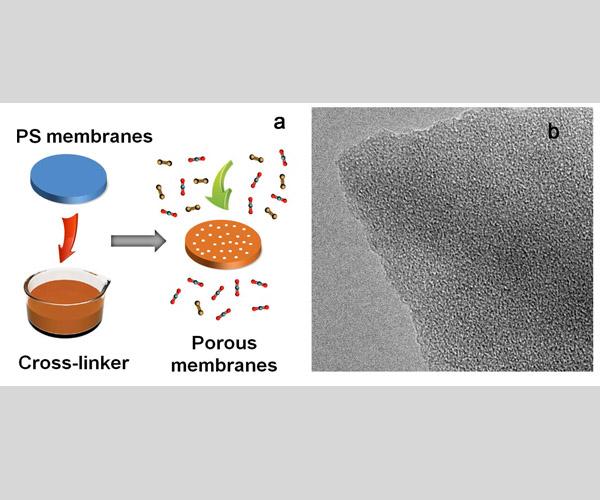Project Details

The overall goal of this project is to investigate fundamental issues of gas separations by nanostructured architectures and unconventional media that selectively bind and/or transport target molecular species via tailored interactions. To achieve this goal, we will pursue three specific aims: (1) How do the molecular structures of ionic liquids (ILs) dictate separations in gas/ionic liquid systems to achieve high selectivity and fast diffusivity? (2) How do the porosity and nitrogen functionality of carbonaceous materials control gas adsorption and diffusion for advanced separations? (3) How can porous carbon and ionic liquids be rationally integrated to create advanced separation materials with controlled porosity and functionality, fast transport, and high selectivity? A combination of synthesis, characterization, testing and modeling will be employed to answer these questions. More specifically, we will explore how the molecular structure and functionality of ILs and/or combinations of ILs impact both gas solubility and diffusivity. Through improved understanding of the impact of gas/IL and cation/anion interactions and the effect of these interactions on solubility and diffusivity, we will improve our ability to design liquid membrane systems with enhanced permeability and permselectivity. We will explore novel methods to control both the surface functionality and porosity of carbon membranes to further elucidate the precise mechanisms that control gas adsorption and transport. Finally, we will take advantage of the unique properties of porous materials and ILs to create porous liquid systems that will enhance both gas diffusivity and permselectivity in integrated membrane systems. Though we primarily focus on CO2/N2 separation, this work will be applicable to other species and also in developing advanced separation media which hold the key to future chemical separations in energy production and utilization, environmental remediation, and carbon capture.



